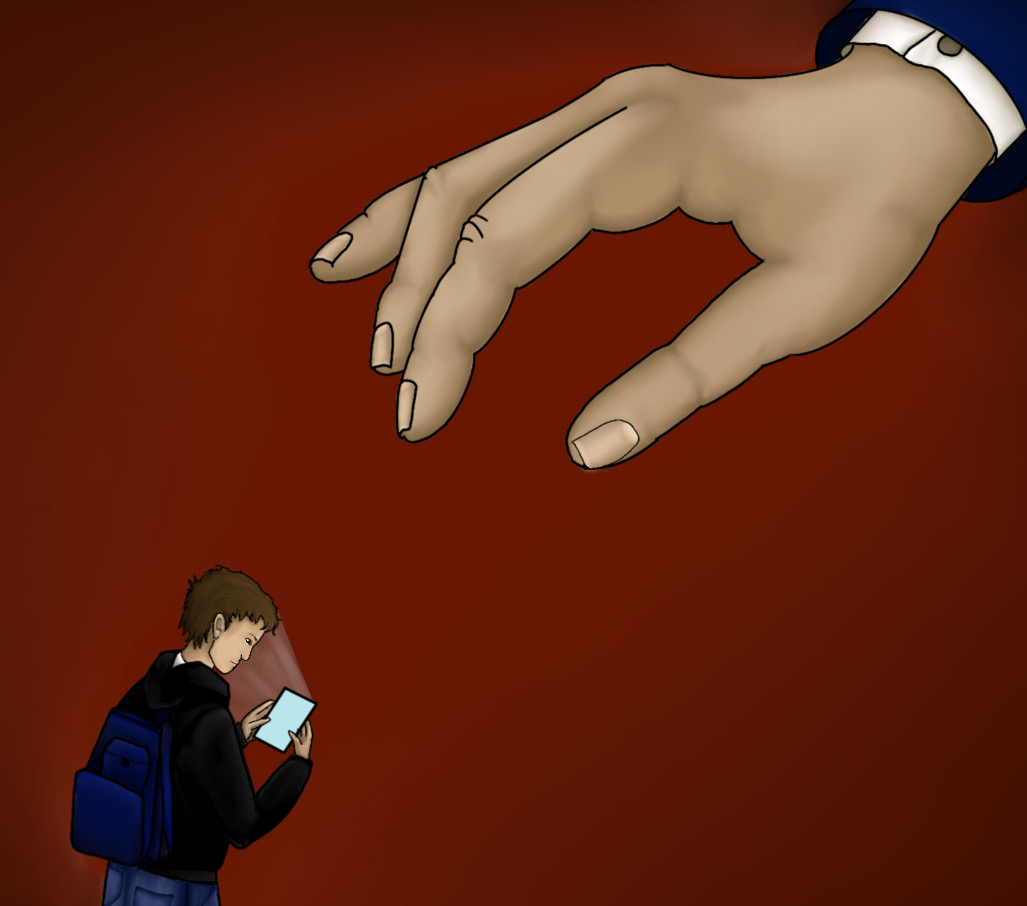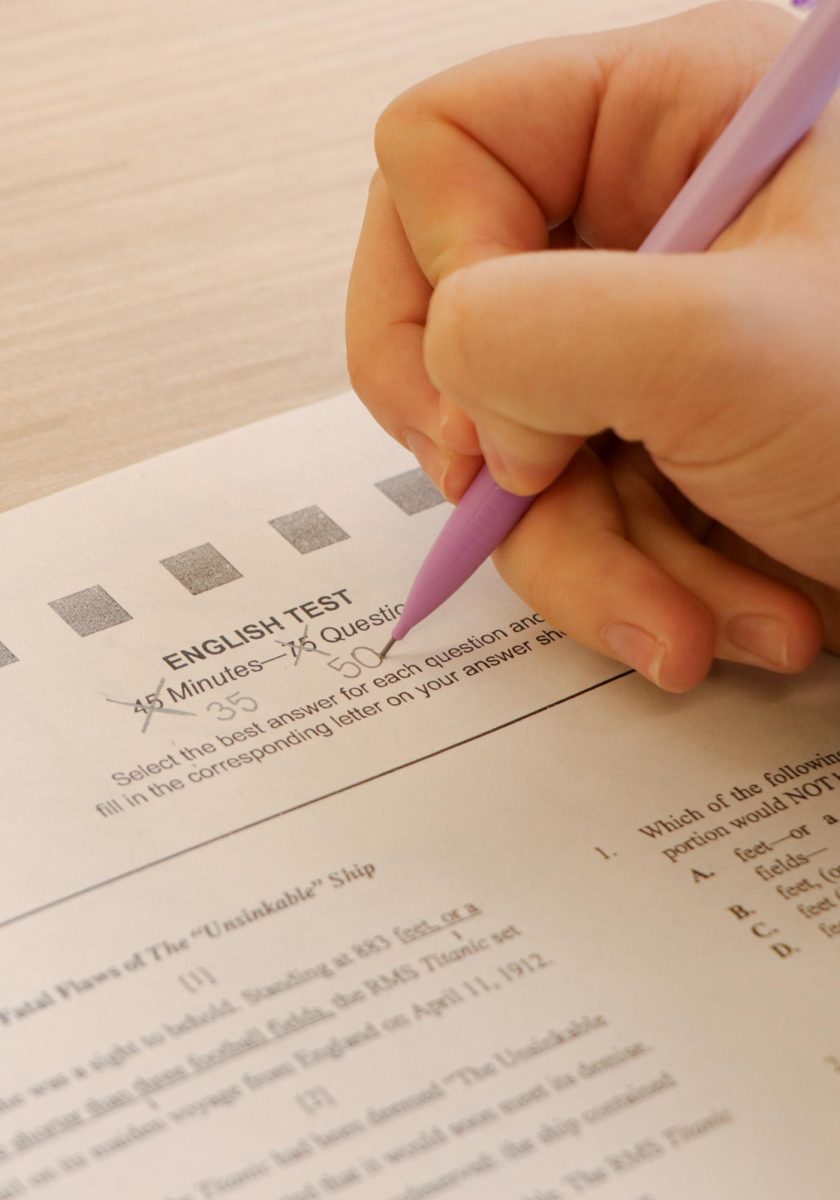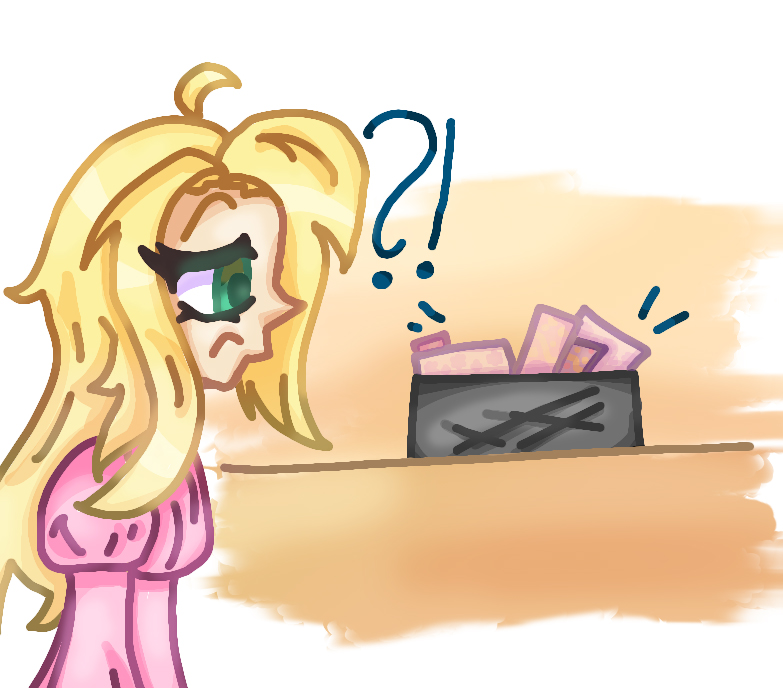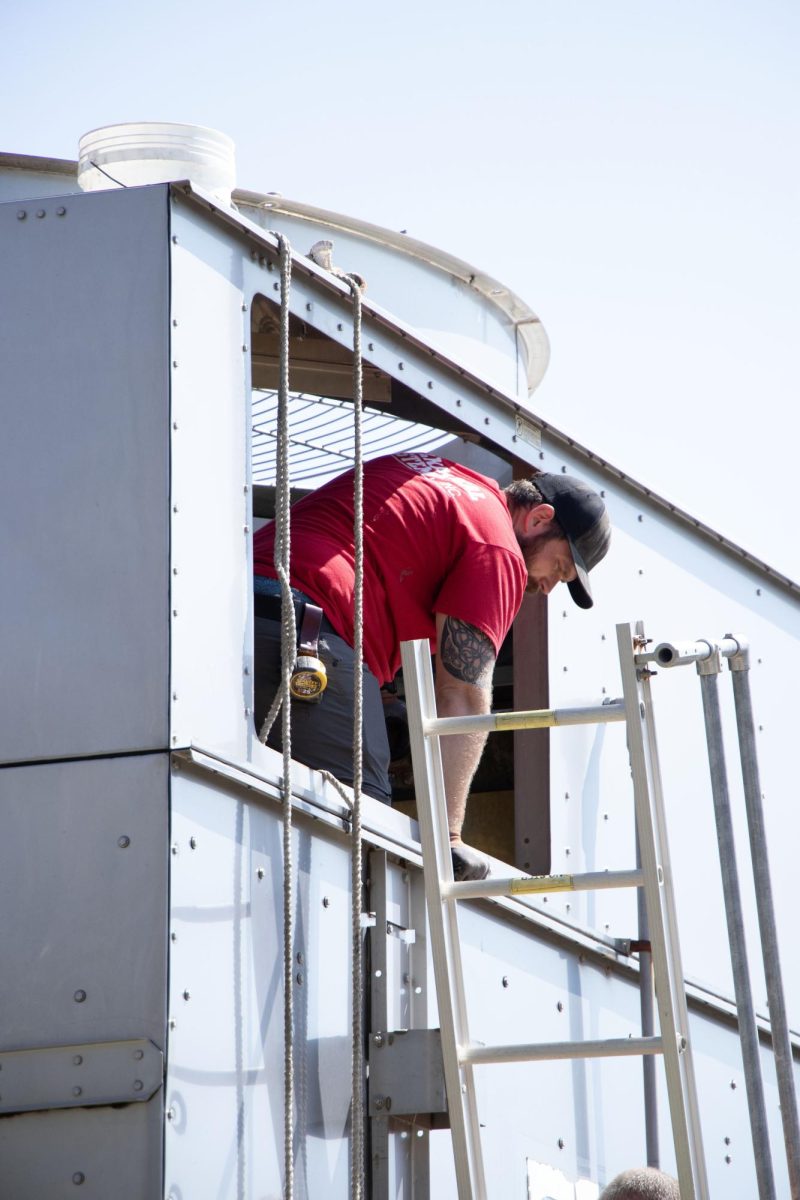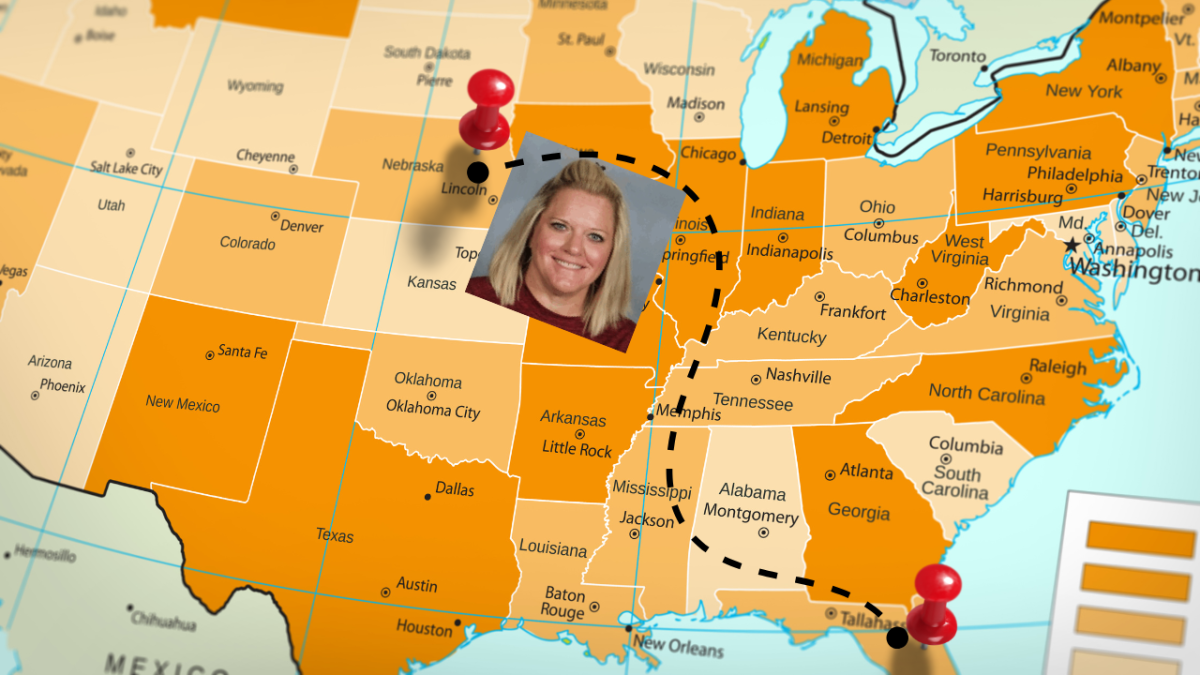“It’s the law,” teachers say. “Cell phones are now banned in Nebraska schools.” But that isn’t the whole story. After Nebraska passed legislative bill 140 that’s what many students have been thinking but it’s not the entire truth. While it’s been a common thought that the bill banned phones from schools, it actually just requires schools to enforce their own policy about phones. As legislative bill 140 states, “A BILL FOR AN ACT relating to schools; to require each school board of a public school district to develop and adopt a policy relating to use of electronic communication devices by students as prescribed; and to declare an emergency.” Therefore, it’s been left up to individual schools and administrators to decide what phone policy works best for their school.
The policy this year is very similar to past years. It actually has barely changed at all. “After meeting with the 3 Millard high schools, we didn’t decide to change much. We follow the district policy of keeping phones in a caddy or backpack,” principal Heidi Weaver said.
The administrators at Millard South decided that the policies they’ve had in place for the past few years still worked well in this situation. Before Covid, Millard South started enforcing new phone rules where students were required to keep their phones in a caddy. When returning back after online school, those rules were less enforced in order to keep people’s personal belongings with them instead of in a public caddy. Now for the past few years, past phone rules that were in place before Covid have slowly made a return and this year is just a continuation of that. Students also agree that the rules this year haven’t changed much.
“It feels similar to last year because in most classes I already had to put my phone up,” junior Megan Kirkebak said. This year, it’s just about the same rules that we’ve already had being more enforced.
While this government policy hasn’t affected much for high schools, it has for middle and elementary schools. According to the District policy 7500.2, in middle schools and elementary schools phones are completely banned from the start of the day to the end. So for younger students, phones are completely not allowed, including during passing period and lunch. Although a discussion was made about whether or not to enforce these rules in high schools as well, principals ultimately decided it was best to leave the rules unchanged.
“We came to the conclusion that we need to have some gradual release of responsibility.” Weaver said. There’s an important reason as to why phone policies become more relaxed as students get older and move to a higher level of education. Millard believes that phone rules should be stricter in elementary and middle school but gradually give freedom to students as they get older which helps them prepare for college and have more freedom. “When you go to college or onto a job, you have to learn how to manage it,” said Weaver.
There are some exceptions to the millard phone policy. According to the Millard website, students are permitted to use their phones when required to by an individualized education program, when authorized by the district during educational time, in a case of emergency, or when determined by an appropriate employee. This helps parents to feel safer while their children are at school and they don’t have to worry about contacting their child in a potential emergency.


